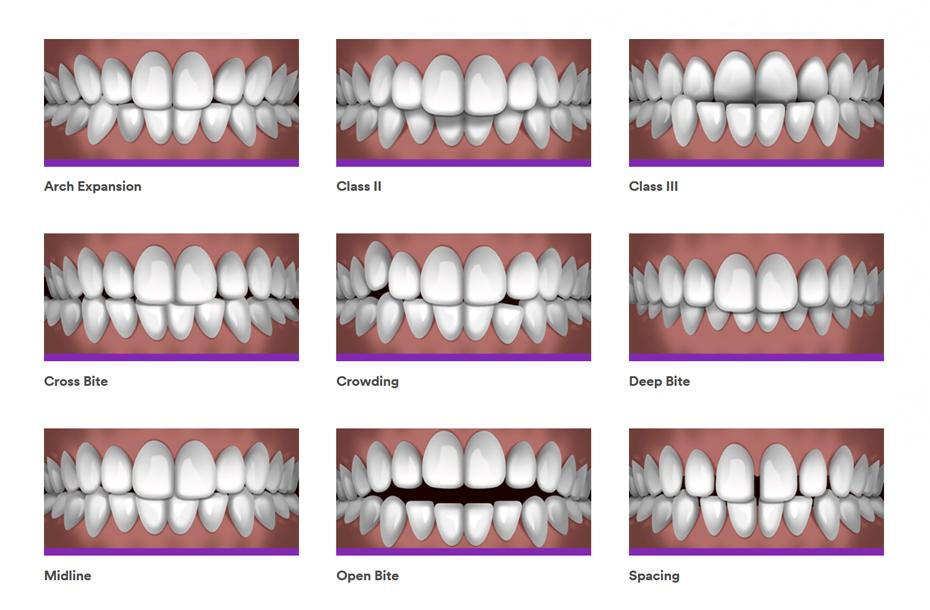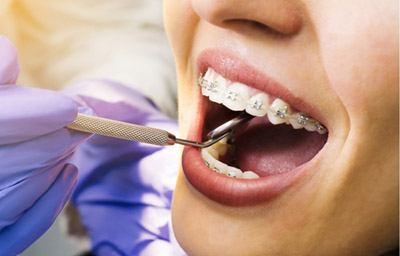Causey Orthodontics - Questions
Wiki Article
3 Simple Techniques For Causey Orthodontics
Table of ContentsUnknown Facts About Causey OrthodonticsWhat Does Causey Orthodontics Do?How Causey Orthodontics can Save You Time, Stress, and Money.The Causey Orthodontics IdeasThe Main Principles Of Causey Orthodontics
Ignoring occlusal partnerships, it was normal to remove teeth for a selection of oral issues, such as malalignment or congestion. The idea of an undamaged teeth was not widely valued in those days, making bite correlations appear pointless. In the late 1800s, the concept of occlusion was crucial for producing dependable prosthetic substitute teeth.As these ideas of prosthetic occlusion progressed, it came to be a vital tool for dental care. It was in 1890 that the work and influence of Dr. Edwards H. Angle began to be really felt, with his contribution to modern-day orthodontics particularly significant. At first concentrated on prosthodontics, he showed in Pennsylvania and Minnesota before guiding his focus towards oral occlusion and the treatments required to maintain it as a typical problem, thus ending up being called the "dad of modern-day orthodontics".

The principle of ideal occlusion, as postulated by Angle and integrated into a category system, made it possible for a change in the direction of dealing with malocclusion, which is any kind of inconsistency from typical occlusion. Having a full collection of teeth on both arcs was highly demanded in orthodontic therapy due to the demand for precise relationships in between them.
The smart Trick of Causey Orthodontics That Nobody is Discussing
As occlusion ended up being the essential top priority, facial percentages and aesthetics were disregarded - best orthodontist. To achieve suitable occlusals without using exterior forces, Angle proposed that having excellent occlusion was the most effective method to gain optimal facial aesthetics. With the passing away of time, it came to be rather noticeable that even an extraordinary occlusion was not suitable when thought about from a visual perspectiveCharles Tweed in America and Raymond Begg in Australia (that both studied under Angle) re-introduced dental care extraction into orthodontics during the 1940s and 1950s so they could boost facial esthetics while likewise making certain far better security concerning occlusal connections. In the postwar period, cephalometric radiography started to be used by orthodontists for measuring changes in tooth and jaw position caused by growth and therapy. It came to be obvious that orthodontic treatment might adjust mandibular development, leading to the formation of functional jaw orthopedics in Europe and extraoral pressure measures in the United States. These days, both functional devices and extraoral tools are used around the globe with the objective of amending growth patterns and kinds. Subsequently, going after true, or at the very least boosted, jaw connections had come to be the primary goal of treatment by the mid-20th century.
All About Causey Orthodontics
 The American Journal of Orthodontics was developed for this purpose in 1915; before it, there were no clinical objectives to adhere to, nor any type of precise classification system and brackets that lacked attributes. Until the mid-1970s, braces were made by covering steel around each tooth. With developments in adhesives, it came to be possible to instead bond metal braces to the teeth.
The American Journal of Orthodontics was developed for this purpose in 1915; before it, there were no clinical objectives to adhere to, nor any type of precise classification system and brackets that lacked attributes. Until the mid-1970s, braces were made by covering steel around each tooth. With developments in adhesives, it came to be possible to instead bond metal braces to the teeth.This has had meaningful effects on orthodontic treatments that are administered regularly, and these are: 1. Correct interarchal relationships 2. Correct crown angulation (tip) 3.
The advantage of the design depends on its brace and archwire mix, which needs only minimal cord flexing from the orthodontist or medical professional (emergency orthodontist near me). It's appropriately named after this attribute: the angle of the port and thickness of the brace base inevitably figure out where each tooth is located with little need for added control
Top Guidelines Of Causey Orthodontics
Both of these systems employed the same brackets for each and every tooth and required the bending of an archwire in 3 planes for situating teeth in their desired settings, with these bends determining ultimate placements. When it comes to orthodontic home appliances, they are separated into 2 kinds: removable and taken care of. Removable home appliances can be tackled and off by the client as needed.
Therefore, nearly all contemporary fixed appliances can be thought about variations on this edgewise home appliance system. Early 20th-century orthodontist Edward Angle made a significant contribution to the world of dental care. He developed 4 unique home appliance systems that have been made use of as the basis for numerous orthodontic therapies today, disallowing a couple of exceptions.
Our Causey Orthodontics Statements

The cord finished in a thread, and to relocate forward, a flexible nut was utilized, which enabled an increase in area. By ligation, each private tooth was affixed to this large archwire (Causey Orthodontics). As a result of its restricted range of activity, Angle was not able to attain exact tooth positioning with an E-arch
These tubes held a firm pin, which might be repositioned at each consultation in order to move them in position. Called the "bone-growing appliance", this gizmo was theorized to urge healthier bone growth as a result of its capacity for moving force straight to the roots. Nonetheless, executing it confirmed frustrating in truth.
Report this wiki page